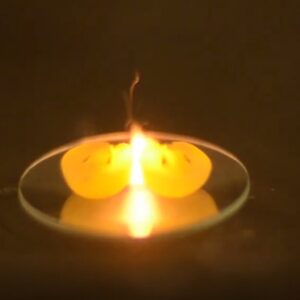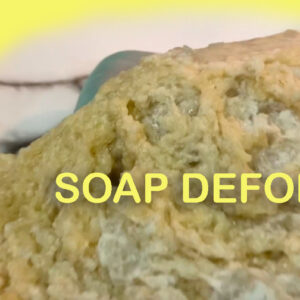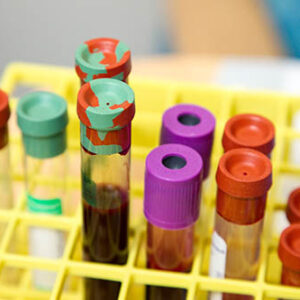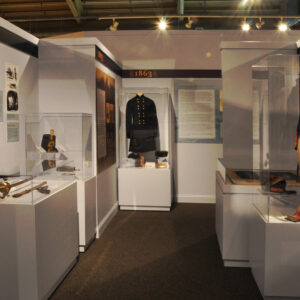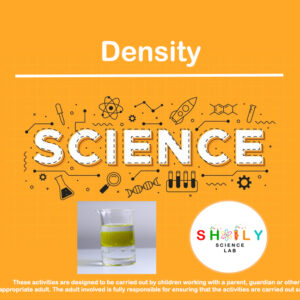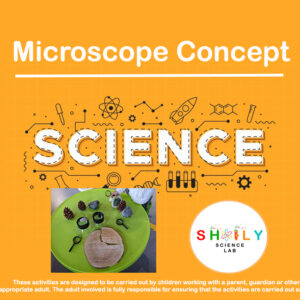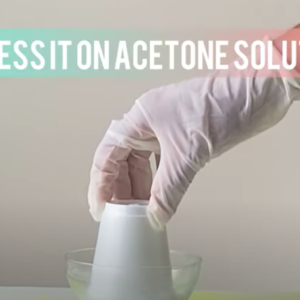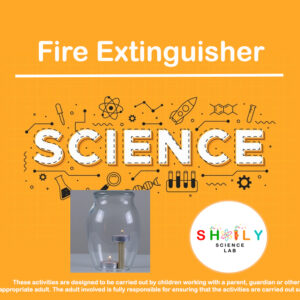Put a bar of soap in the microwave and watch it expand to 6x its size right before your eyes! The Expanding Ivory Soap Experiment is a classic science activity that will fascinate kids and grown-ups alike.
The Microwave Ivory Soap Experiment is one of my favourite science experiments for kids because it’s so quick and easy, and it yields such fascinating results. There’s almost no prep required, and you don’t need any fancy supplies. All that’s required is a bar of Ivory and a microwave oven.



